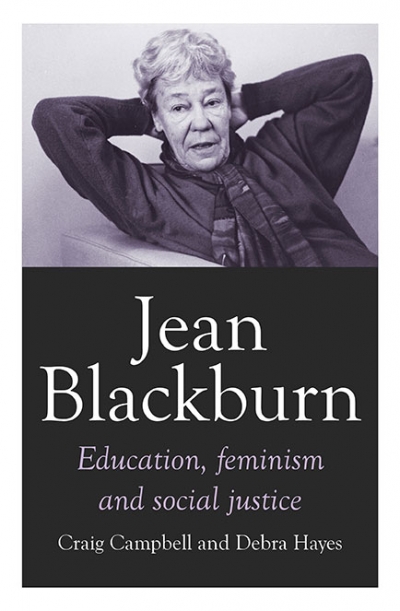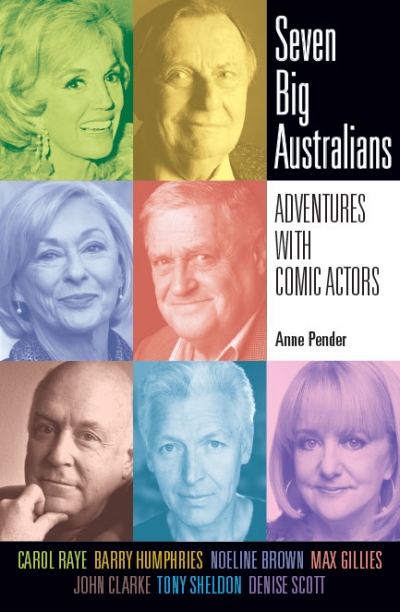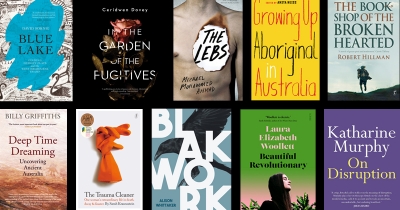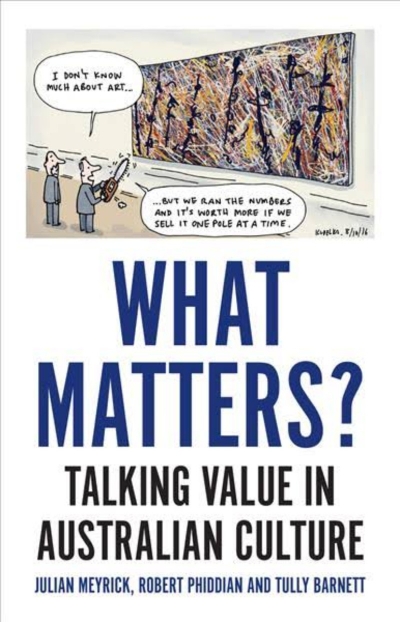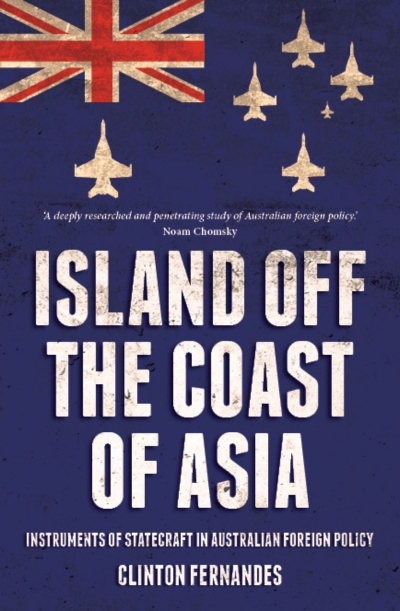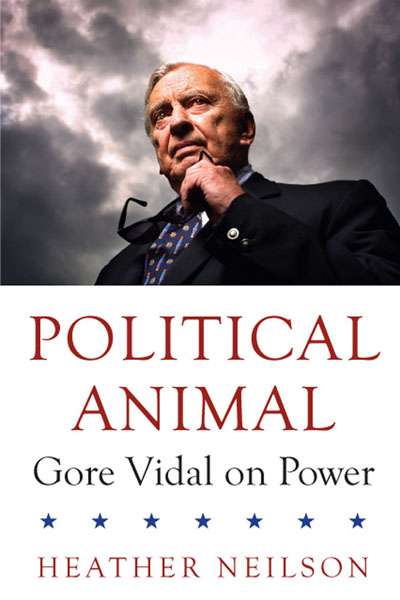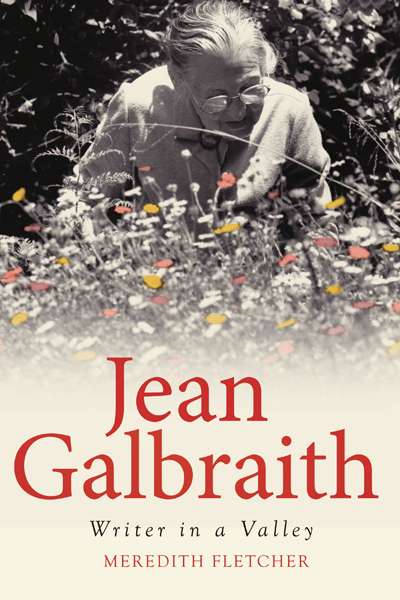Monash University Publishing
Jean Blackburn: Education, feminism and social justice by Craig Campbell and Debra Hayes
by Ilana Snyder •
Seven Big Australians: Adventures with comic actors by Anne Pender
by Desley Deacon •
To complement our ‘Books of the Year’ feature, which appeared in the December 2018 issue, we invited some senior publishers to nominate their favourite books of 2018 – all published by other companies.
... (read more)A Second Chance: The making of Yiddish Melbourne by Margaret Taft and Andrew Markus
by Tali Lavi •
Half the Perfect World: Writers, dreamers and drifters on Hydra, 1955–1964 by Paul Genoni and Tanya Dalziell
by Brian Matthews •
What Matters?: Talking value in Australian Culture by Julian Meyrick, Robert Phiddian, and Tully Barnett
by Gabriella Coslovich •
Island Off the Coast of Asia: Instruments of statecraft in Australian foreign policy by Clinton Fernandes
by David Brophy •
Northern Lights: The positive policy example of Sweden, Finland, Denmark, and Norway by Andrew Scott
by Dennis Altman •

